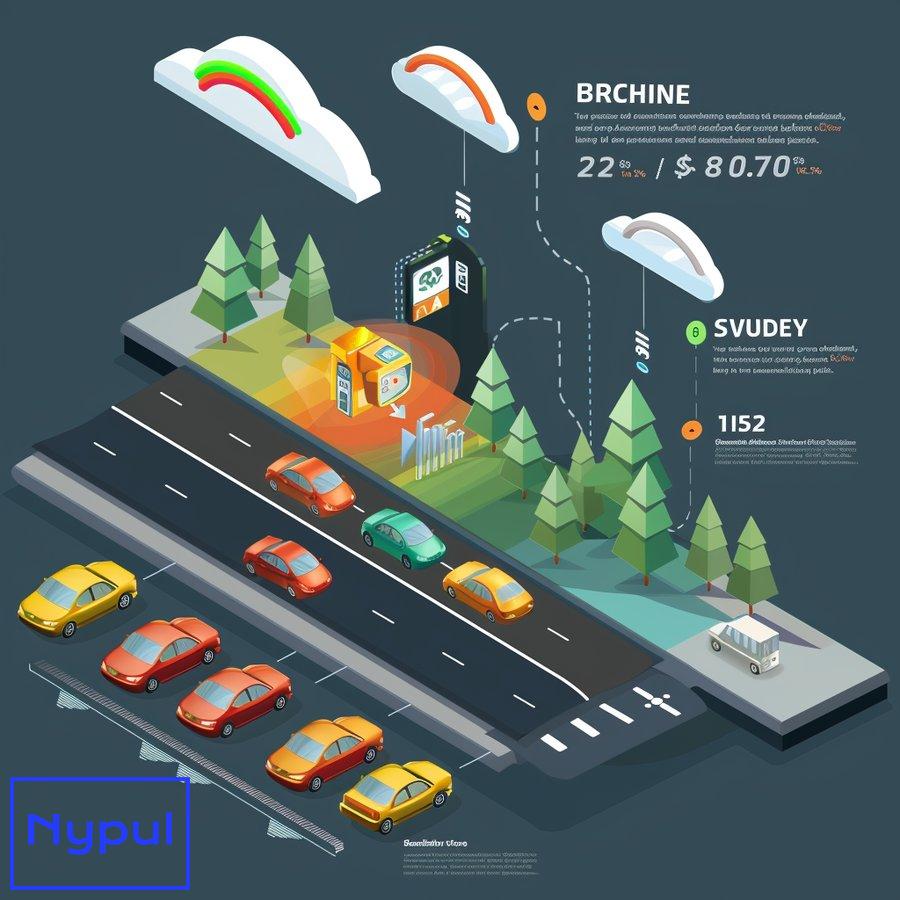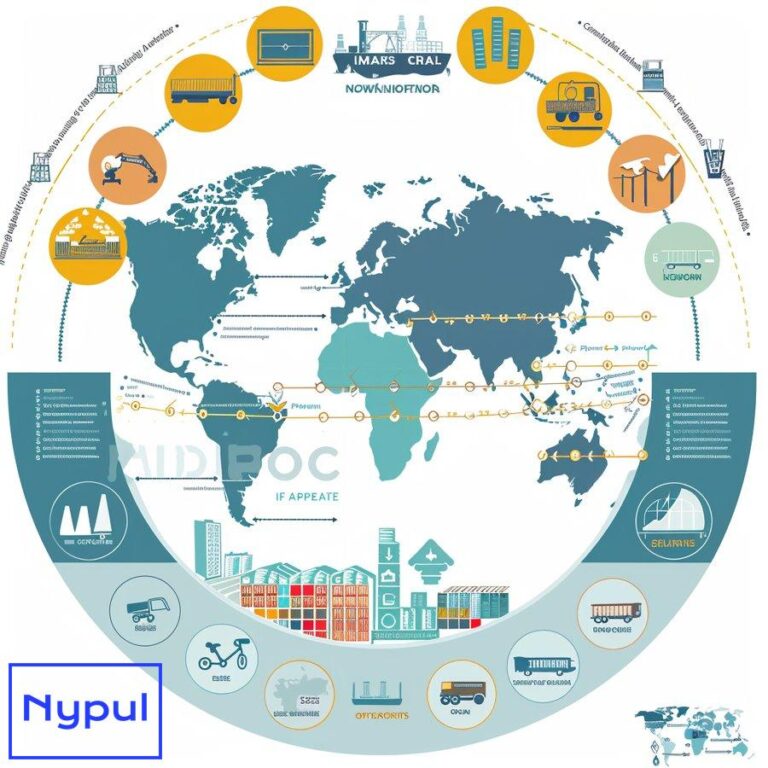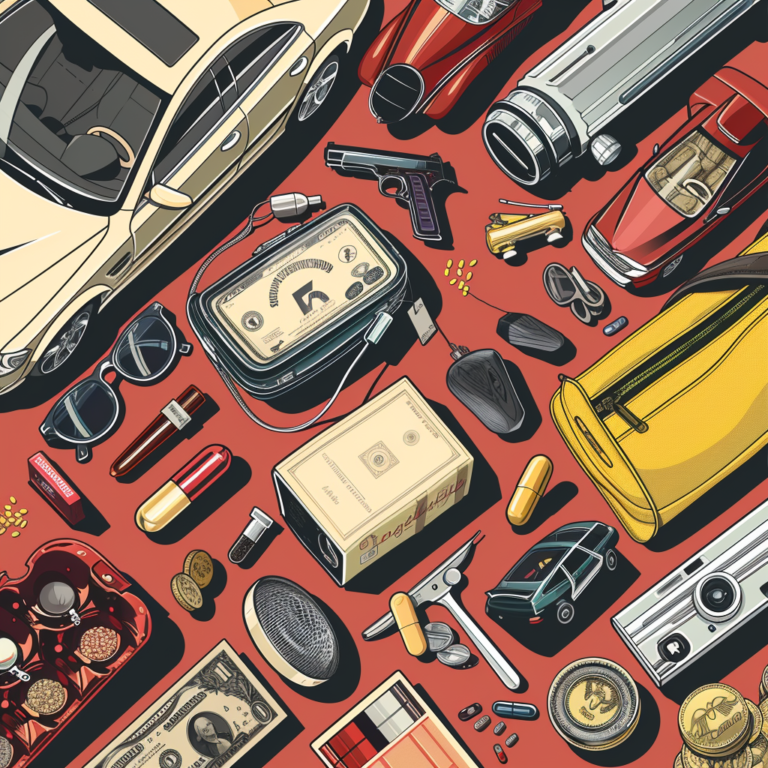Which Driving Technique Can Help You Reduce Fuel
Why is fuel efficiency important for drivers?
Fuel efficiency is a crucial consideration for drivers for several reasons. Firstly, it directly impacts the cost of operating a vehicle, which is a significant expense for many individuals and businesses. By optimizing fuel efficiency, drivers can save money on fuel costs, freeing up resources for other expenses or investments.
Secondly, improving fuel efficiency reduces a vehicle’s environmental impact. Burning less fuel means lower greenhouse gas emissions, contributing to a cleaner and more sustainable environment. This is particularly important as the world grapples with the challenges of climate change and the need to reduce our carbon footprint.

Thirdly, fuel-efficient driving can enhance a vehicle’s performance and longevity. Smooth acceleration, proper gear management, and regular maintenance can extend a vehicle’s lifespan and reduce the need for costly repairs. This translates to long-term savings and a better return on investment for vehicle owners.
How does smooth acceleration and deceleration impact fuel consumption?
Smooth acceleration and deceleration are key factors in achieving optimal fuel efficiency. When a driver accelerates rapidly, the engine must work harder to increase the vehicle’s speed, resulting in higher fuel consumption. Conversely, gentle acceleration allows the engine to operate more efficiently, using less fuel to reach the desired speed.
Similarly, sudden braking and deceleration waste energy and fuel. When a driver brakes abruptly, the kinetic energy of the moving vehicle is converted into heat, which is then dissipated through the brake pads. This energy could have been used to propel the vehicle forward if the driver had anticipated the need to slow down and applied the brakes gradually.

To illustrate the impact of smooth driving, consider the following table comparing fuel consumption under different acceleration and deceleration conditions:
| Driving Style | Fuel Consumption (L/100km) |
|---|---|
| Aggressive | 8.5 |
| Moderate | 7.2 |
| Smooth | 6.3 |
As shown in the table, smooth acceleration and deceleration can reduce fuel consumption by up to 26% compared to aggressive driving.
What is the optimal speed for maximizing fuel economy?
The optimal speed for maximizing fuel economy varies depending on the vehicle type and other factors, but generally, driving at moderate speeds is more fuel-efficient than driving at high speeds. This is because at higher speeds, the engine must work harder to overcome air resistance, which increases exponentially with speed.
Most vehicles achieve their best fuel efficiency at speeds between 50 and 80 km/h (30 to 50 mph). Beyond this range, fuel consumption rises rapidly. For example, driving at 120 km/h (75 mph) instead of 100 km/h (62 mph) can increase fuel consumption by as much as 20%.
It’s important to note that the optimal speed may vary depending on the vehicle’s design, weight, and aerodynamics. Heavier vehicles or those with poor aerodynamics may experience a more significant increase in fuel consumption at higher speeds. Drivers should consult their vehicle’s owner’s manual or conduct their own tests to determine the most fuel-efficient speed range for their specific vehicle.
How can proper gear management improve fuel efficiency?
Proper gear management is crucial for maximizing fuel efficiency, especially in vehicles with manual transmissions. When driving a manual transmission vehicle, it’s important to shift gears at the appropriate engine speed to keep the engine operating in its most efficient rpm range.
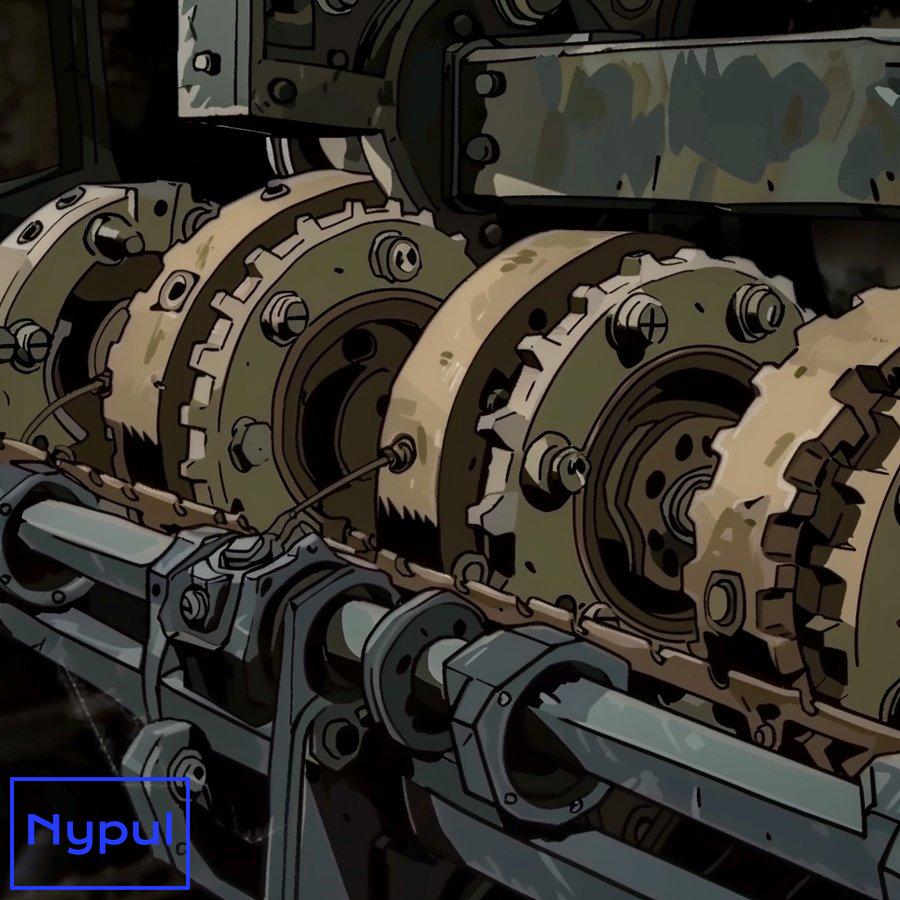
For example, in a typical gasoline-powered vehicle, shifting to a higher gear at around 2,000 rpm can help maintain fuel efficiency. Conversely, shifting to a lower gear too early can cause the engine to work harder than necessary, leading to increased fuel consumption.
In vehicles with automatic transmissions, the transmission control module (TCM) is responsible for selecting the appropriate gear based on various factors, such as vehicle speed, engine load, and driver input. However, drivers can still influence gear selection by modulating their acceleration and braking inputs.
For instance, when accelerating, a driver can apply gentle pressure on the accelerator pedal to encourage the transmission to hold a lower gear for longer, allowing the engine to operate in its most efficient rpm range. Similarly, when decelerating, a driver can apply light braking pressure to encourage the transmission to downshift earlier, reducing the need for the engine to work harder when accelerating again.
When should you turn off your engine to save fuel?
Turning off your engine when the vehicle is stationary for an extended period can save fuel and reduce emissions. However, it’s important to consider the specific circumstances and potential drawbacks before deciding to turn off the engine.
In general, it’s recommended to turn off the engine when the vehicle will be stopped for more than 30 seconds, such as at a red light or while waiting in a drive-through line. This is because modern engines consume more fuel during idling than when restarting, and the fuel savings from turning off the engine outweigh any potential wear on the starter motor.
However, there are some situations where it’s best to leave the engine running, such as:
- When the vehicle is in traffic and will be moving again shortly
- When the engine is needed to power auxiliary systems, such as air conditioning or heating
- When the engine is still cold and turning it off could lead to increased emissions during the next startup
Drivers should also consider the impact of engine idling on the vehicle’s battery. If the engine is turned off for an extended period, the battery may discharge, potentially leading to difficulty starting the vehicle or the need for a jump-start.
How does route planning affect fuel consumption?
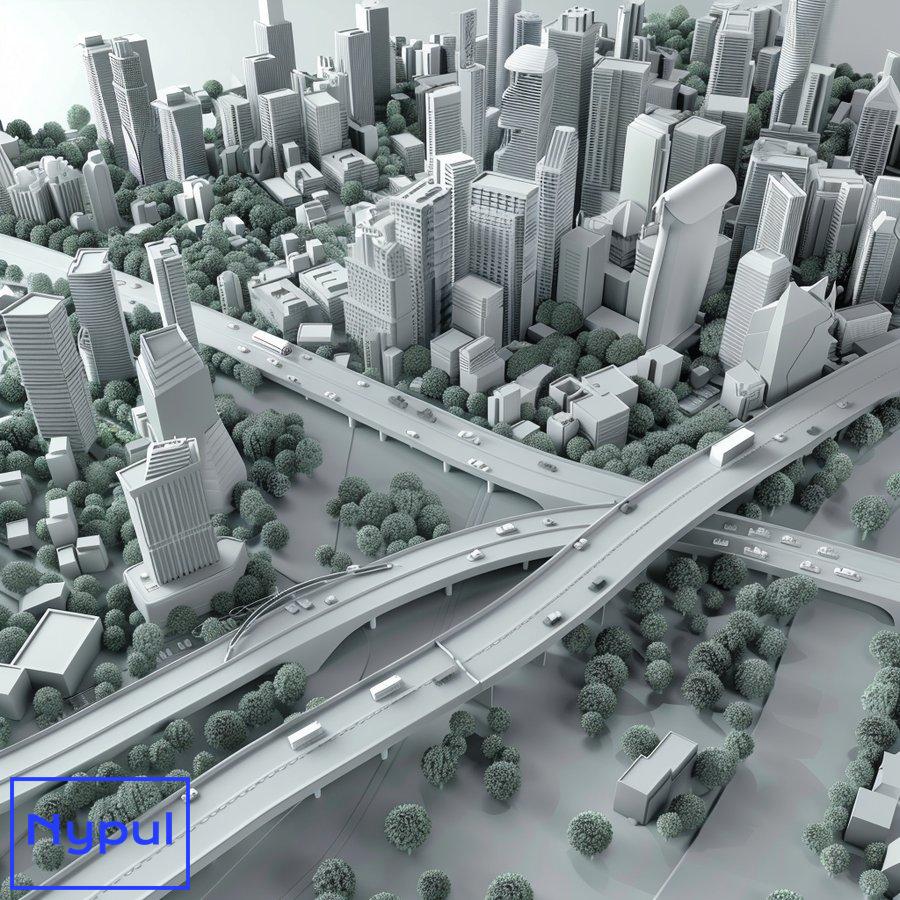
Route planning can have a significant impact on fuel consumption, as different routes may involve varying road conditions, traffic patterns, and terrain. By choosing the most fuel-efficient route, drivers can save money on fuel costs and reduce their environmental impact.
When planning a route, consider the following factors:
- Road conditions: Avoid routes with steep hills, sharp turns, or poor road surfaces, as these can increase fuel consumption.
- Traffic patterns: Choose routes with less congestion and fewer traffic lights or stop signs, as frequent stops and starts can waste fuel.
- Distance: Select the shortest route that still meets your needs, as longer distances inherently require more fuel.
To illustrate the impact of route planning, consider the following example:
A driver needs to travel from point A to point B, a distance of 50 km. Route 1 is a direct highway route, while Route 2 involves some city driving with more traffic lights and stop signs. The fuel consumption for each route is as follows:
| Route | Fuel Consumption (L) |
|---|---|
| 1 | 3.5 |
| 2 | 4.2 |
By choosing Route 1, the driver can save 0.7 liters of fuel, which translates to significant savings over multiple trips or for a fleet of vehicles.
What role does vehicle load and aerodynamics play in fuel efficiency?
The load carried by a vehicle and its aerodynamic design can significantly impact fuel efficiency. Heavier loads require more energy to accelerate and maintain speed, leading to increased fuel consumption. Similarly, poor aerodynamics, such as a boxy shape or roof racks, can increase air resistance and fuel consumption at higher speeds.
To optimize fuel efficiency, drivers should:
- Avoid carrying unnecessary weight in the vehicle
- Remove roof racks or cargo carriers when not in use
- Keep tires properly inflated to reduce rolling resistance
- Maintain a clean and well-maintained vehicle to optimize aerodynamics
For example, a fully loaded vehicle can consume up to 25% more fuel than an empty one. Similarly, a vehicle with a roof rack can use up to 10% more fuel at highway speeds compared to the same vehicle without the rack.
By understanding the impact of vehicle load and aerodynamics on fuel efficiency, drivers can make informed decisions about what to carry in their vehicles and how to optimize their vehicle’s design for better fuel economy.
How can drivers develop an eco-driving mindset?
Developing an eco-driving mindset is crucial for maximizing fuel efficiency and reducing the environmental impact of driving. This mindset involves adopting a set of habits and behaviors that prioritize fuel efficiency and sustainability.
To develop an eco-driving mindset, drivers should:
- Set fuel efficiency goals: Establish personal targets for reducing fuel consumption and track progress over time.
- Stay informed: Read articles, watch videos, and attend workshops to learn about the latest eco-driving techniques and technologies.
- Practice regularly: Incorporate eco-driving habits into every trip, making them a natural part of the driving experience.
- Share knowledge: Encourage family members, friends, and colleagues to adopt eco-driving practices and share the benefits.
By developing an eco-driving mindset, drivers can make a significant contribution to reducing greenhouse gas emissions and promoting a more sustainable transportation system. Over time, eco-driving habits can become second nature, leading to long-term fuel savings and environmental benefits.
What are some advanced fuel-saving driving techniques?
While basic eco-driving habits can significantly improve fuel efficiency, there are also more advanced techniques that drivers can use to maximize their fuel savings. These techniques require a deeper understanding of vehicle mechanics and driving dynamics, but can lead to even greater fuel savings.
Some advanced fuel-saving techniques include:
- Coasting: When approaching a red light or stop sign, take your foot off the accelerator and allow the vehicle to coast to a stop, using the engine’s compression to slow the vehicle.
- Regenerative braking: In hybrid and electric vehicles, use the regenerative braking system to capture kinetic energy and recharge the battery when slowing down.
- Hypermiling: Employ a range of techniques, such as drafting behind large vehicles, to maximize fuel efficiency and achieve the best possible mileage.
While advanced fuel-saving techniques can be effective, it’s important to prioritize safety and follow all traffic laws and regulations. Drivers should also be aware of the potential risks associated with some techniques, such as coasting with the transmission in neutral or tailgating large vehicles.
How does regular vehicle maintenance contribute to fuel efficiency?
Regular vehicle maintenance is essential for maintaining optimal fuel efficiency. Over time, various components in a vehicle can wear down or become misaligned, leading to increased fuel consumption. By keeping up with recommended maintenance schedules and addressing any issues promptly, drivers can ensure that their vehicles are operating at peak efficiency.
Some key maintenance tasks that can improve fuel efficiency include:
- Oil changes: Using the recommended grade of motor oil and changing it at the recommended intervals can improve fuel efficiency by up to 2%.
- Air filter replacement: A clogged air filter can restrict airflow to the engine, reducing performance and fuel efficiency.
- Tire rotation and alignment: Properly aligned tires with the correct tire pressure can reduce rolling resistance and improve fuel efficiency.
- Spark plug replacement: Worn or fouled spark plugs can cause misfiring, reducing engine efficiency and fuel economy.
By staying on top of regular maintenance, drivers can ensure that their vehicles are operating at peak efficiency and minimize the impact of wear and tear on fuel consumption. This can lead to significant fuel savings over the life of the vehicle and help extend its lifespan.
